* Traced: in dry stone walling, the stones are meant to be placed with their longest dimension running into the wall - if they are placed running along the wall (like brickwork), they're traced. It's bad, because any movement (and dry stone walls move) can result in the traced stones falling out of the wall - if they're placed correctly, movement should settle the stones within the wall without them falling out.
|
Today we went to the Harlaw/Threepmuir reservoir complex in the Pentland Hills Regional Park to continue with repairs to the walls around the reservoir. This time we were on the opposite side to the Harlaw visitor centre, but I parked at (or rather, outside, as it was full) the Harlaw car park and walked round - passing the raised bed we'd worked on back in April, which is now filled with earth and has a few plants. The section of wall we were going to work on had pretty much collapsed for a couple of meters, with only the bottom couple of courses remaining in place. And when we started looking more closely, we discovered the reason: the wall had been built with traced* sides, with only loose stones and even some earth in between. * Traced: in dry stone walling, the stones are meant to be placed with their longest dimension running into the wall - if they are placed running along the wall (like brickwork), they're traced. It's bad, because any movement (and dry stone walls move) can result in the traced stones falling out of the wall - if they're placed correctly, movement should settle the stones within the wall without them falling out. Closer inspection showed it was actually worse than it had initially seemed: several meters of the wall had been done this way, and the bits which had not come down were only holding up because of large amounts of mortar beneath the copes - in some places, the cope stones weren't actually resting on either side, and were just held in place by being mortared to the rubble infill. We ended up having to take down about five meters of the wall, and even then we only stripped it back to the points where it was a bit less badly done ... in all, I'd say this was just about the worst-built wall I've had to repair (though I've seen photos of worse ... don't mention the Aberdeen by-pass, please ...). Shoveling out large quantities of rubble-filled earth took a good bit longer than dismantling a properly build wall would've done and it was lunchtime before we got it all cleared out. After lunch we started putting the foundations back in (properly): and the courses above (also properly): and the throughs (nearly properly - a couple of them were a bit on the short side, but they'll still do their job). By this time Dave and I had to leave, but Alan bravely stayed on to stabilise a bit of the existing wall which had started to collapse. We'll be returning in a couple of weeks to (hopefully) finish it off.
1 Comment
bruce
8/5/2018 10:29:37 pm
it looks very similar to sections rebuilt in the 70's over gas or water pipelines.
Reply
Leave a Reply. |
AuthorThis blog, and the rest of the site, are produced by Donald McInnes, treasurer of the SES DSWA (I'm the baldy one, sometimes in a saltire hat). Archives
June 2024
Categories |

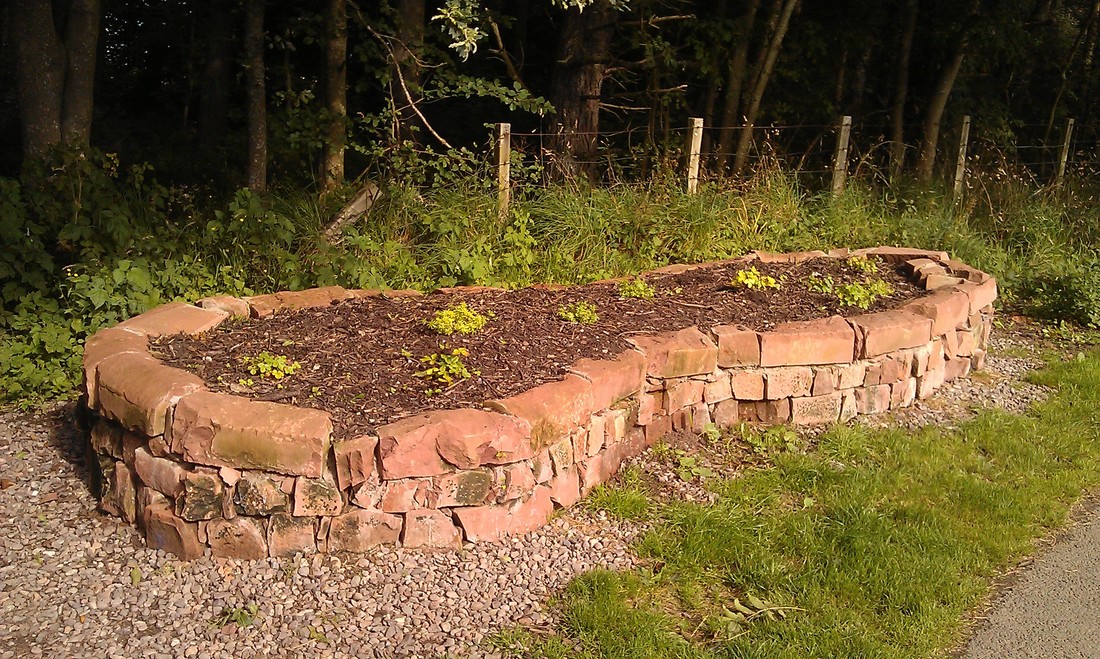
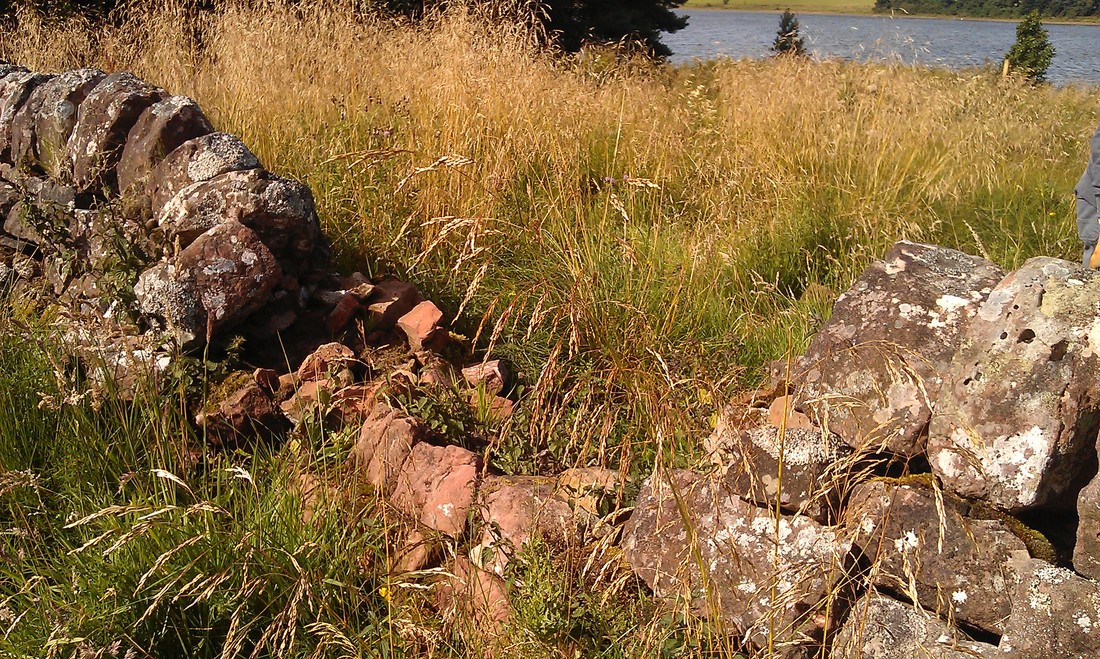
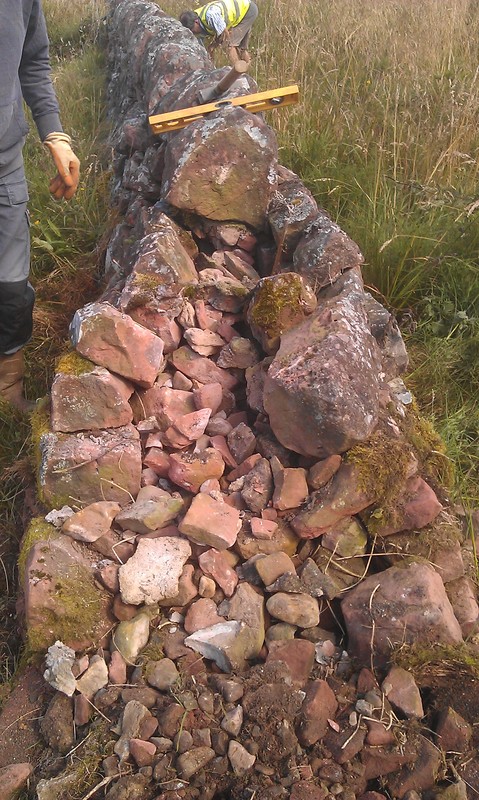
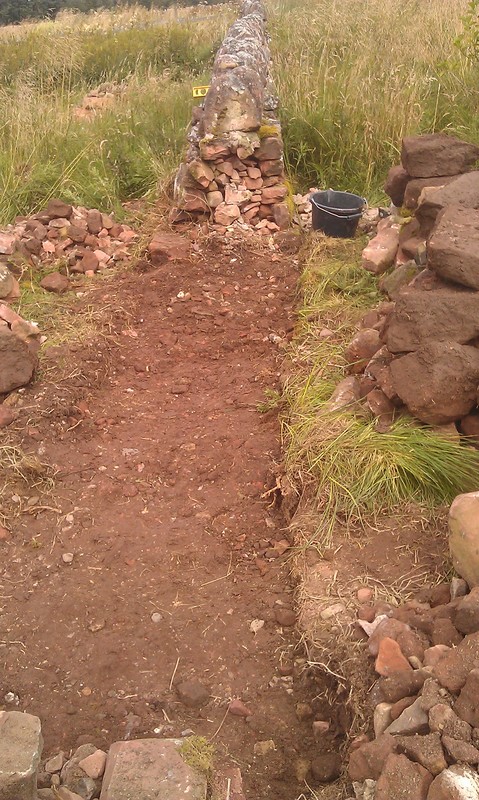
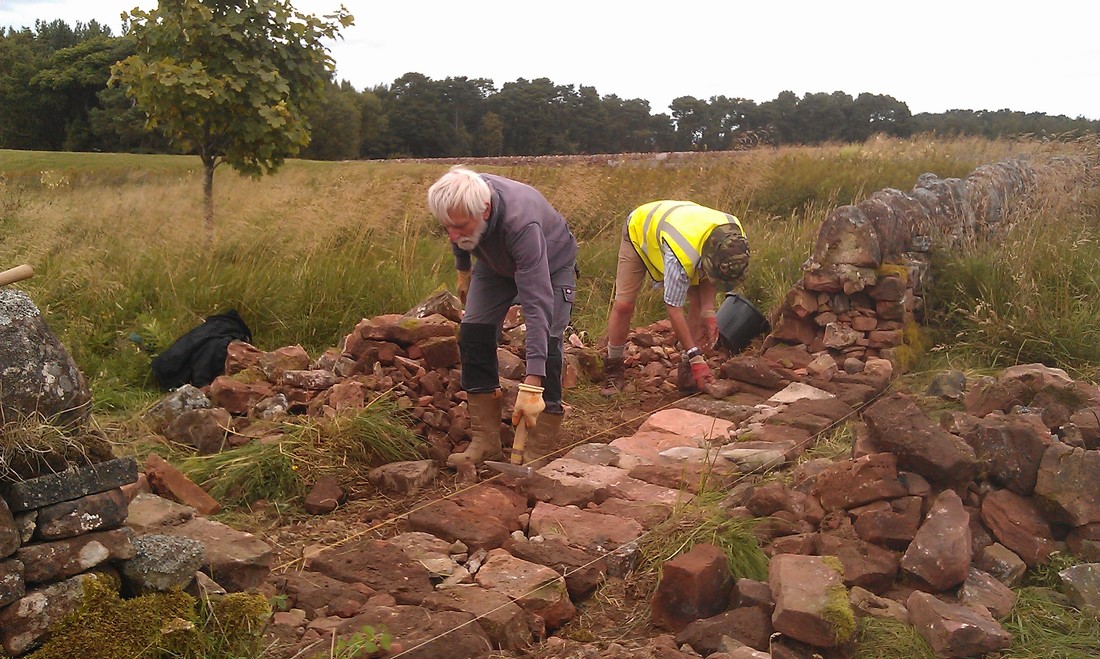
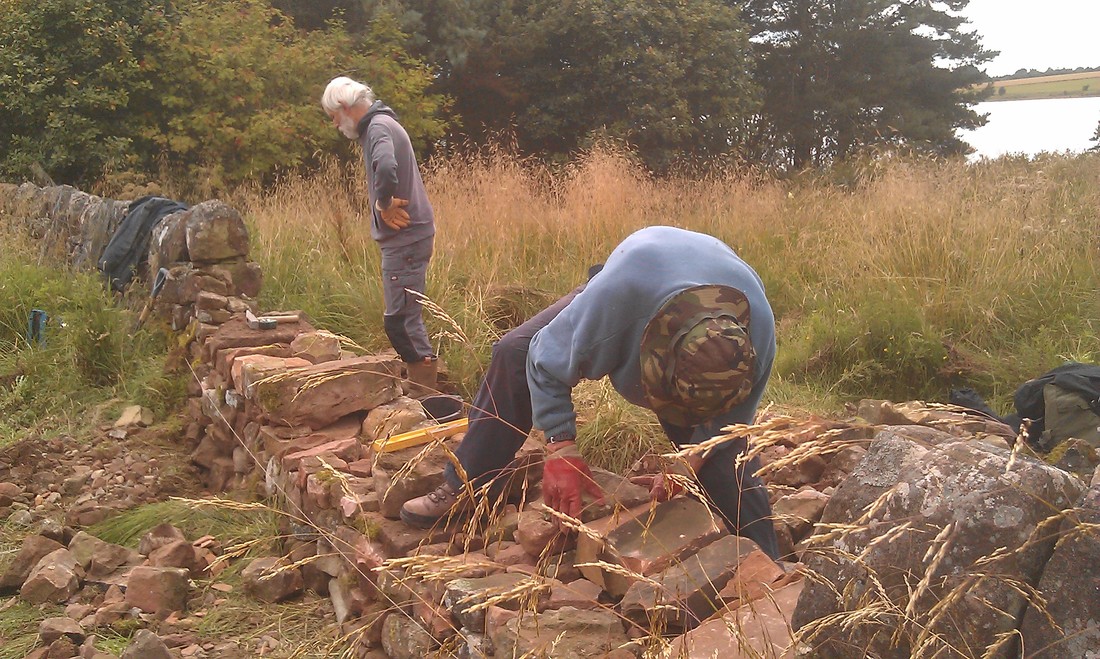
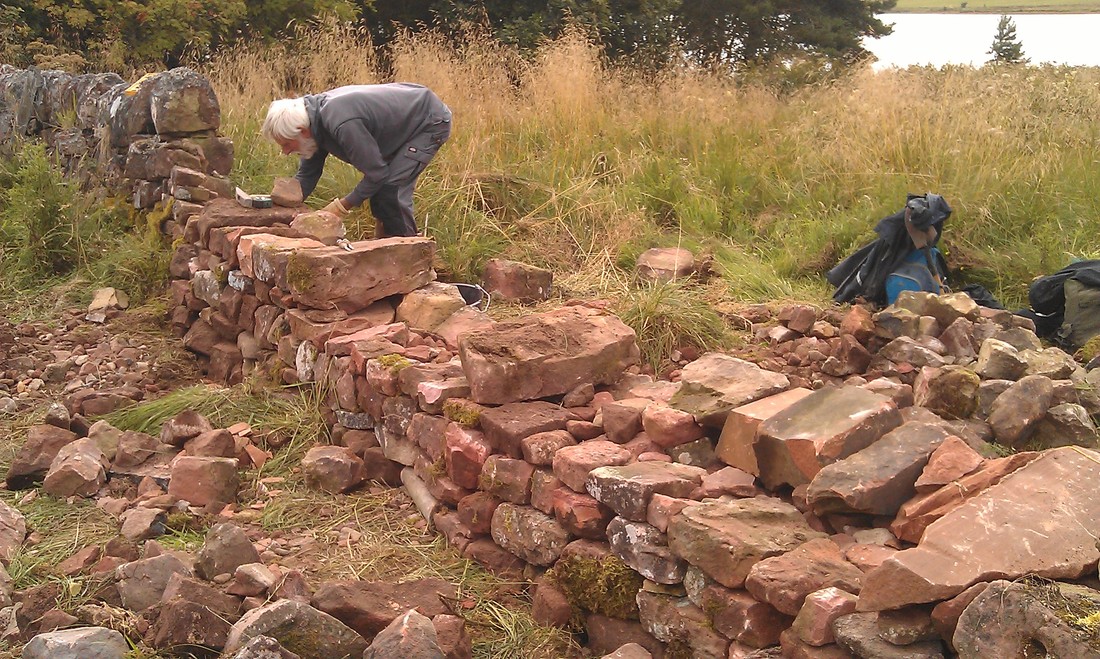
 RSS Feed
RSS Feed
